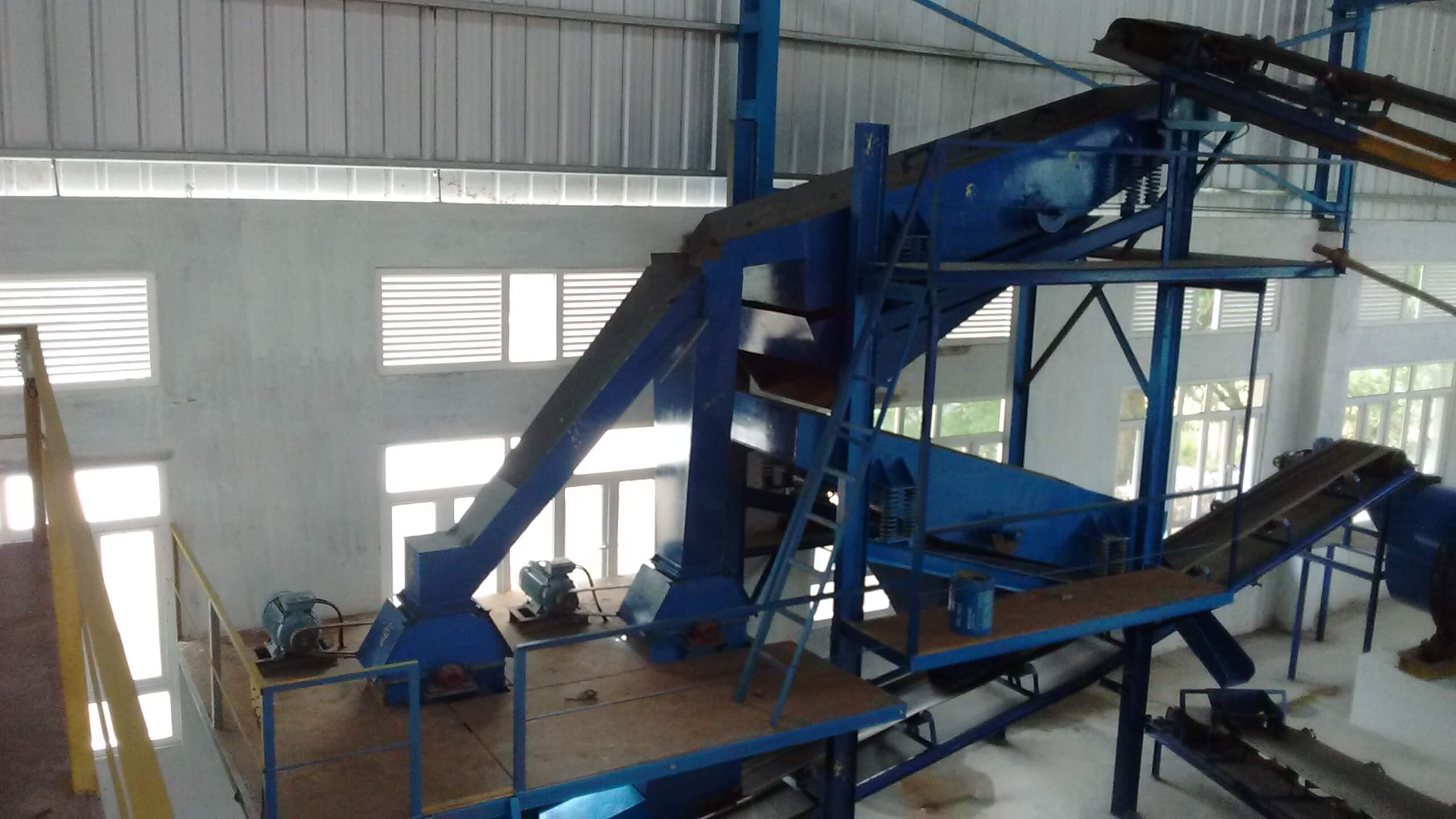NPK Plant
Agricultural scientists design and propose NPK combination fertilisers to increase crop yield by providing a specific and exclusive blend of plant nutrients, similar to a balanced diet for humans. To make it suitable for specific crops, all of the major plant nutrients such as Nitrogen, Phosphorus, and Potash are blended in varied ratios. These unique NPK & S ratios are referred to as grades. The percentage of P2O5 and K2O in the mixture is represented by the numbers in the grade's name. Rice, wheat, potato, and sugarcane, for example, have different classes.
We build NPK Fertilizer Plants, Granulated NPK Fertilizer Plants, and NPK Fertilizer Production Plants using rock phosphate, potash, urea, and a coating agent as raw materials. Phosphates, potassium, and urea are given to the mixer in precise amounts. Coating agents are added to the mixed material before it is sent to the granulator.
NPK fertiliser facilities are used to make a variety of complexes in various quantities and types, such as inorganic and biological fertilisers. These fertilisers are available in homogeneous granules ranging in size from 1 mm to 4 mm. These granules come in a variety of colours, including white, cream, brown, grey, and black. Furthermore, the production process may be optimised to produce a variety of grades, including 8:20: 14: 5, 10: 15: 10: 4, 10: 24: 17: 6, 12: 16: 22: 6.5, and 14: 22: 15: 6.
Production Process
The raw material is first kept in the hopper before being conveyed on the conveyor belt to create a homogeneous combination. The substance is mixed in a compound mixer before being granulated in a granulation drum, where partial granulation is produced using a fine water jet. The thin powder settles on a tiny nucleus. The size of the particles produced by this technique can be modified to meet the needs of the clients. The material is transported to the dryer drum, which is blown with hot air generated in the furnace. Raw materials with low melting points melt quickly and deposit on the nucleus. Water is evaporated by the high temperature, and the material is air dried. Furthermore, the material is cooled in a cooler drum by blowing ambient air through it. Vibrating screens are used to obtain homogeneous particles of 1–4 mm or the necessary size. The uniformly sized screened particles are neatly packed in the bag. The oversize (after crushing) and undersize materials are both recycled.
Components
- Raw Material Section
- Hopper
- Converyor Belt
- Rotarty Drums
- Blowers
- Vibrating Screen
- Cyclone
- Furnace


